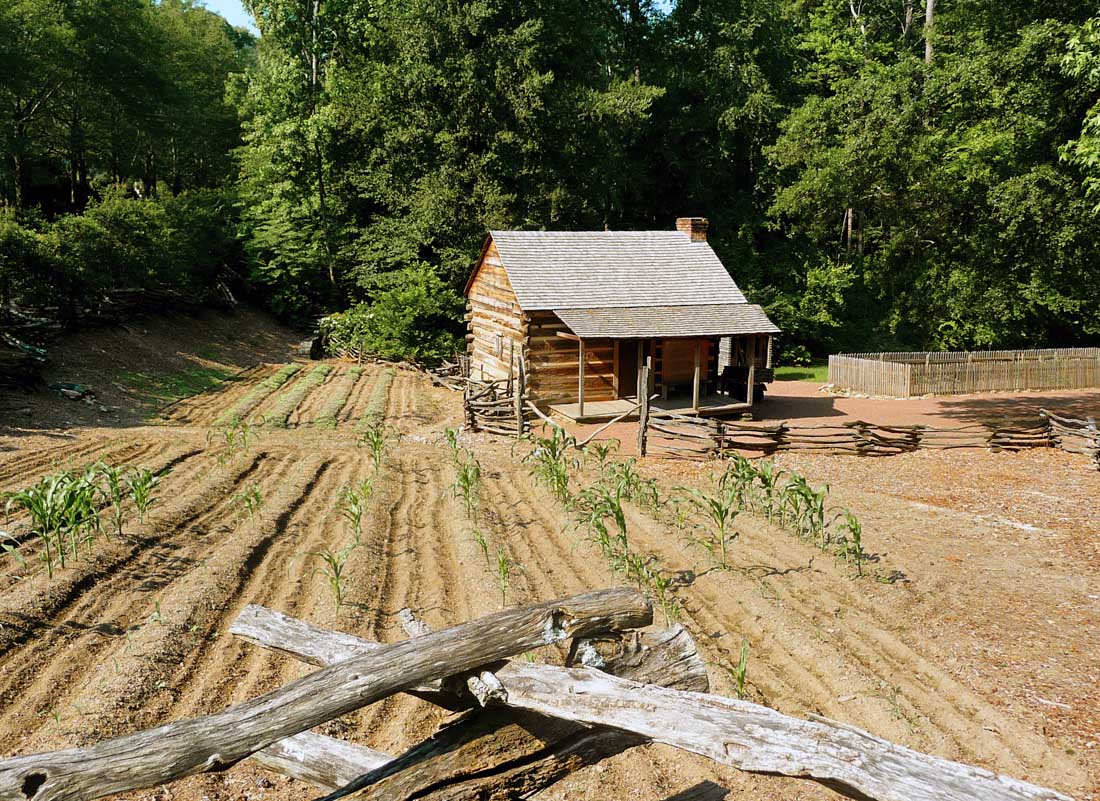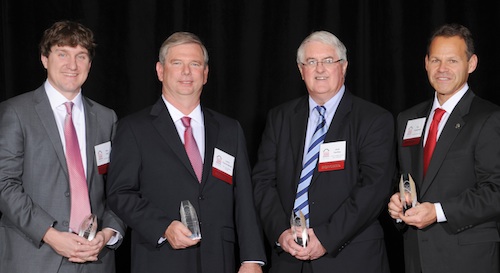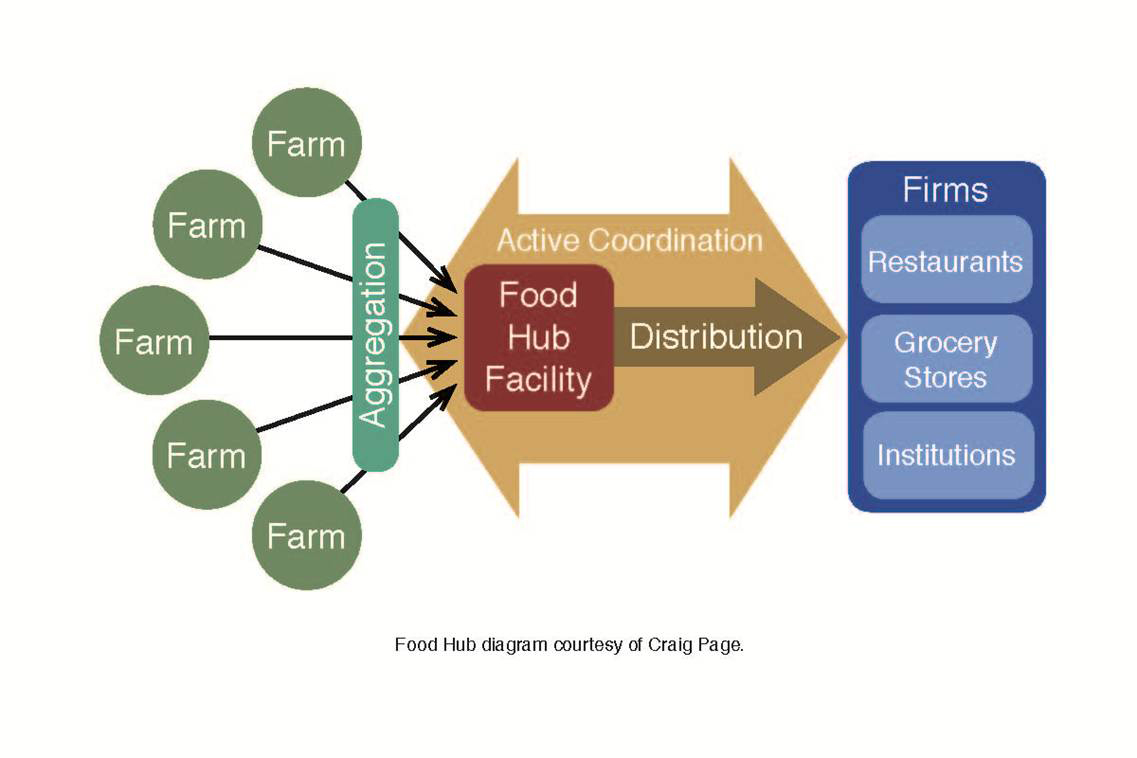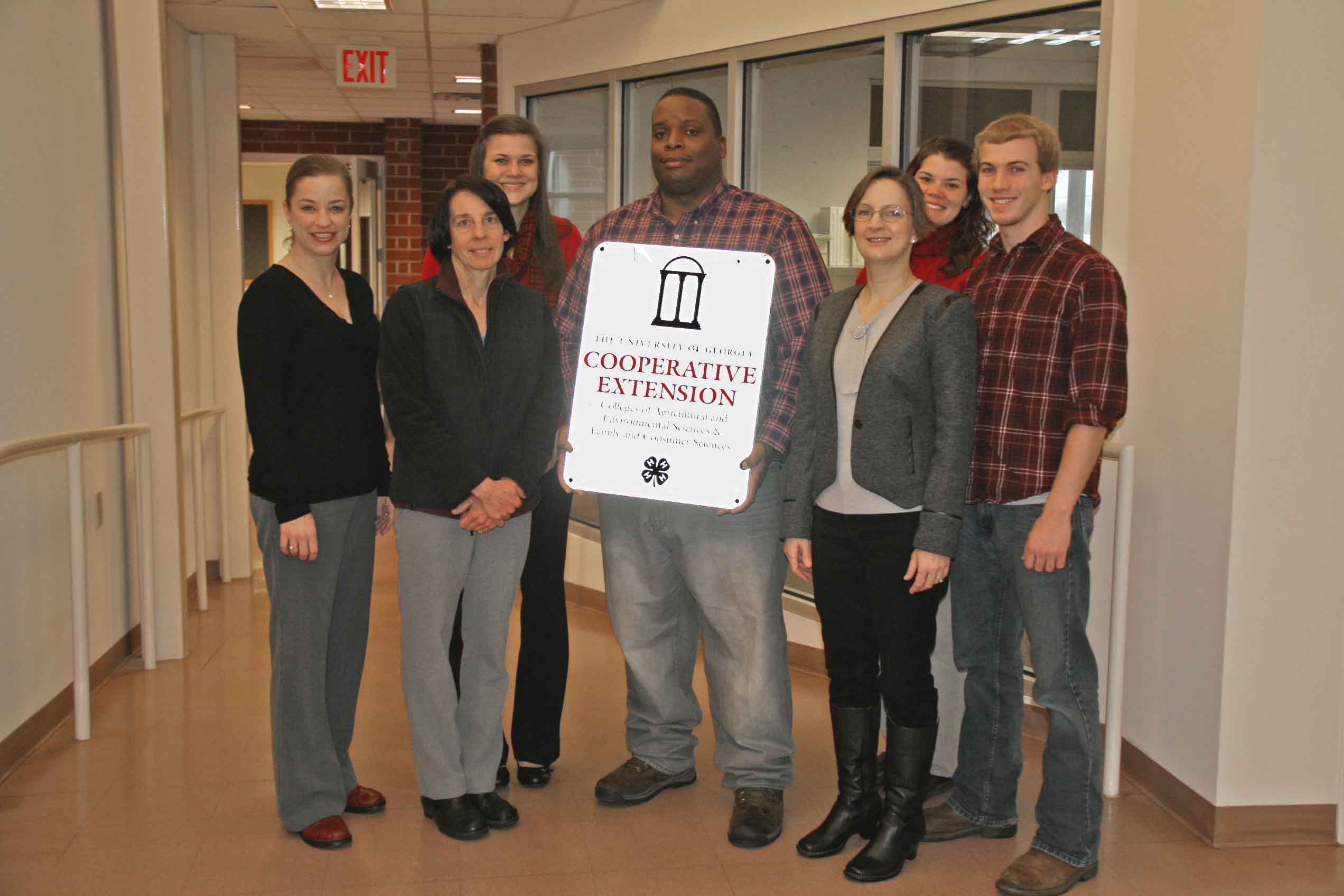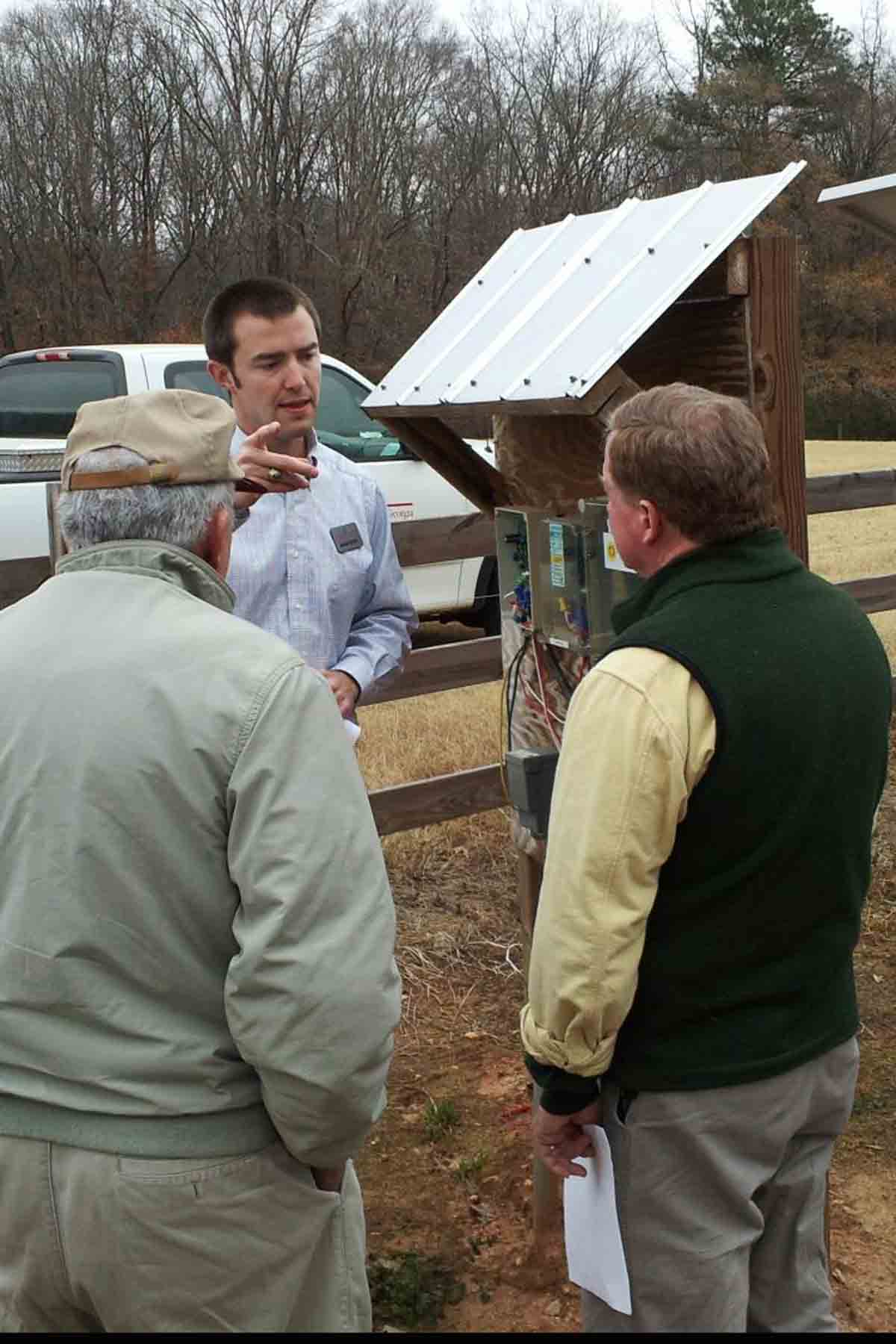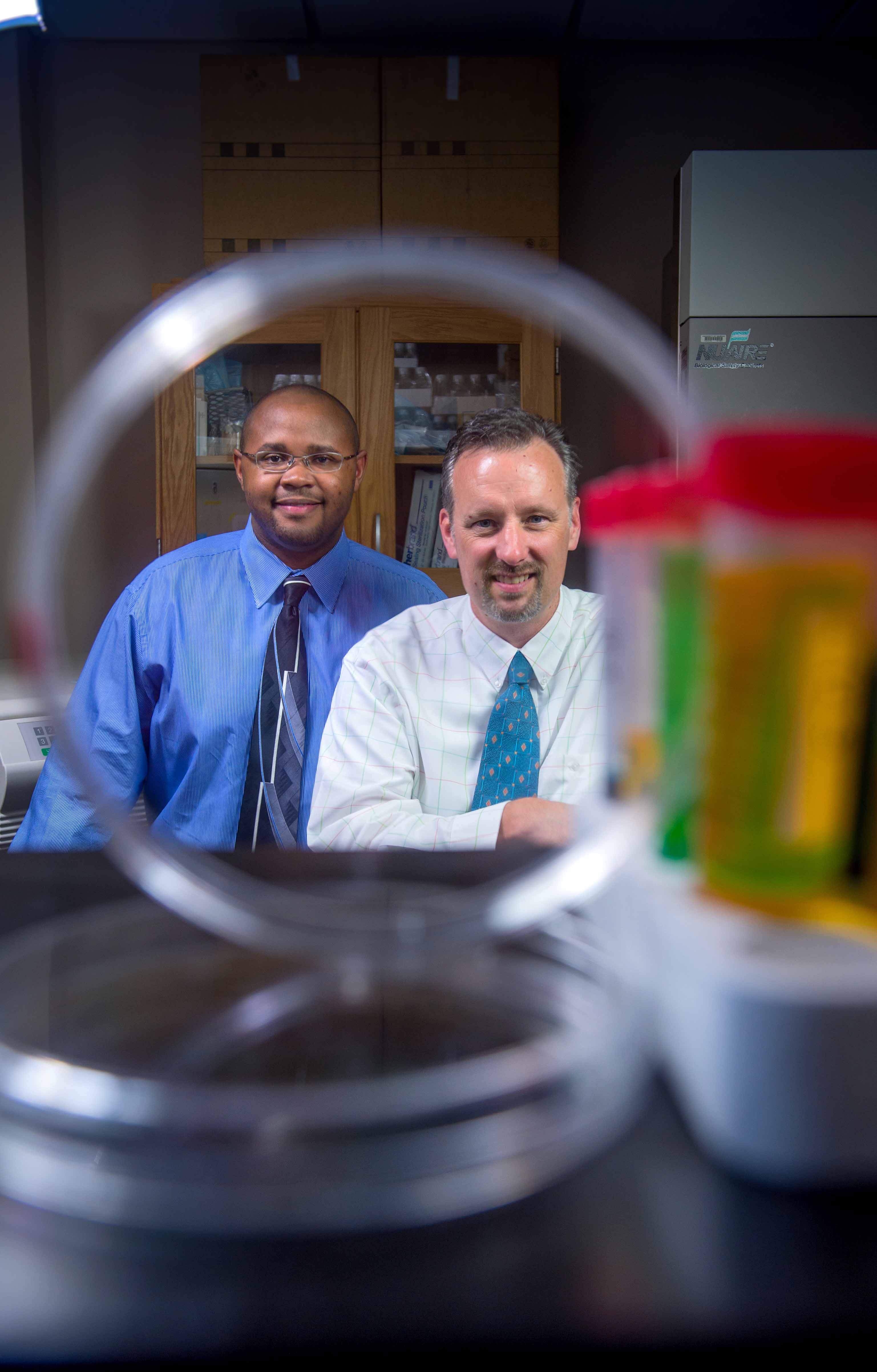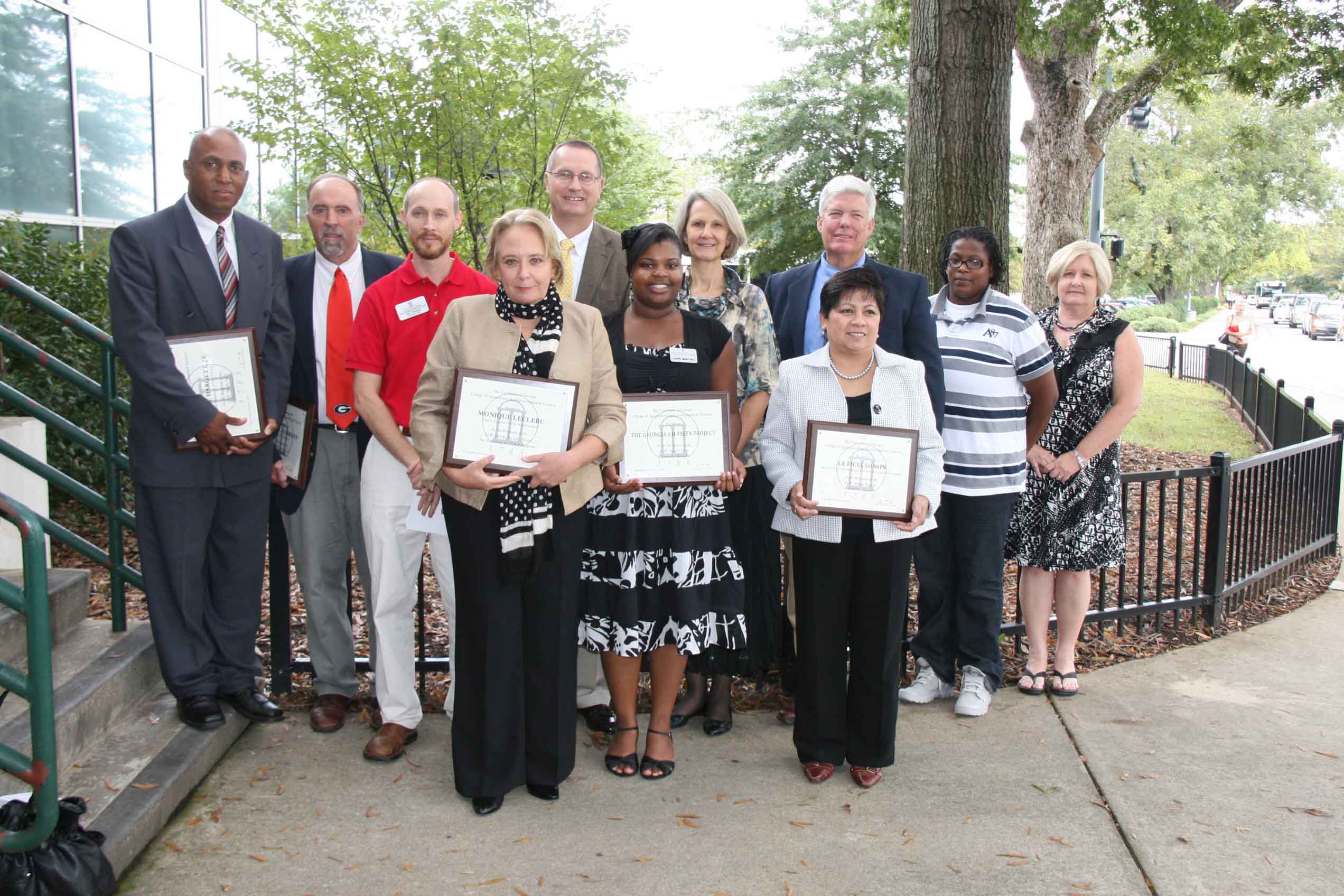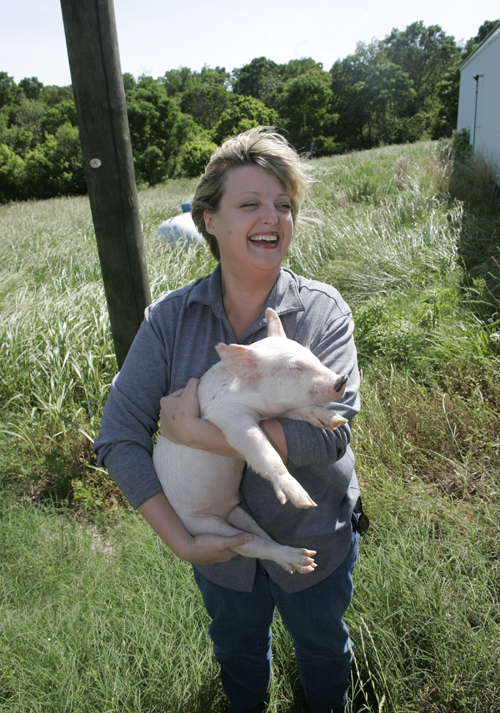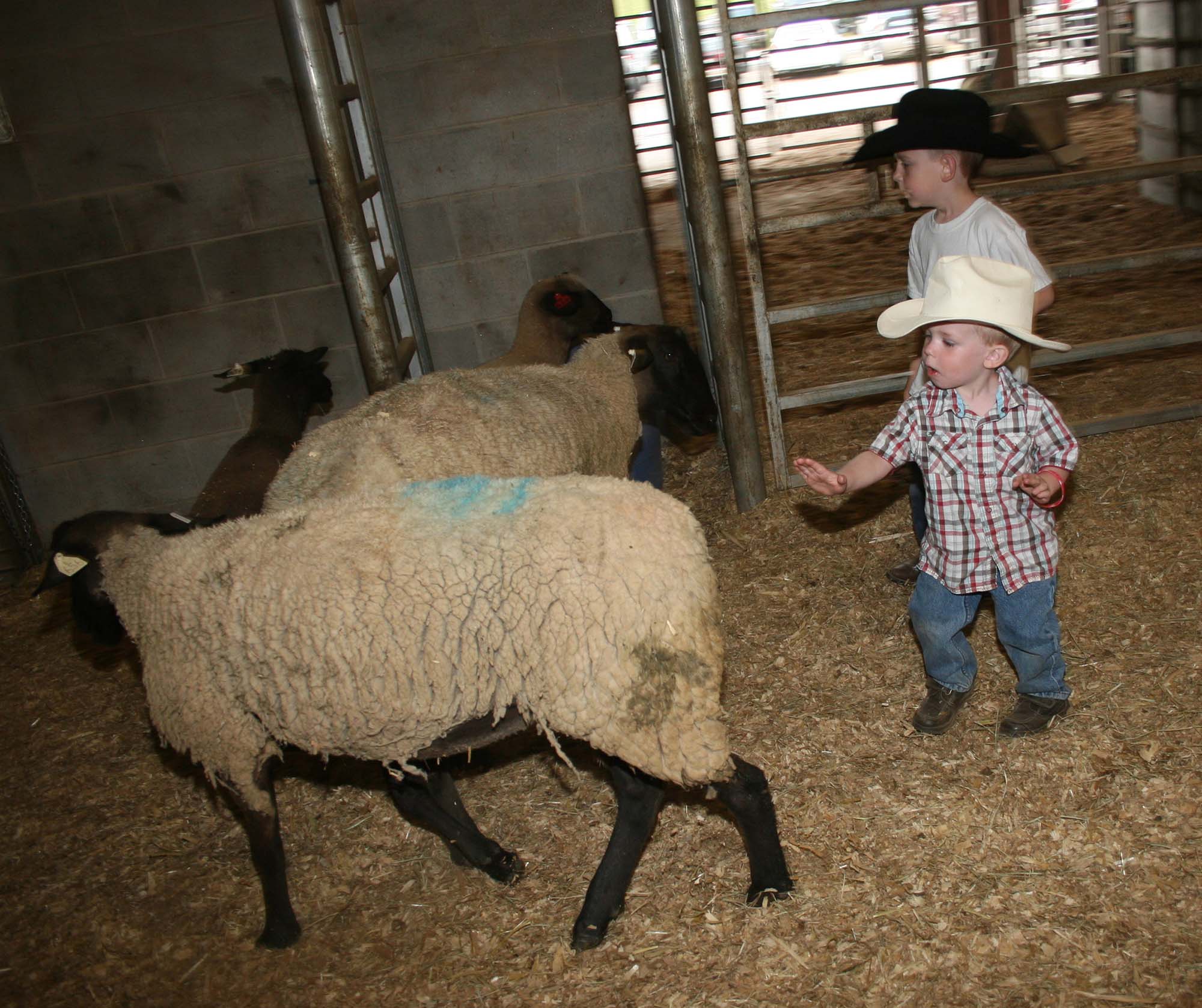 CAES News
CAES News
Great Southland Stampede Rodeo
The University of Georgia’s Block and Bridle Club is gearing up for the 39th annual Great Southland Stampede Rodeo, which will roll into Athens April 18-20 at the UGA Livestock Instructional Arena, 2600 South Milledge Ave.

